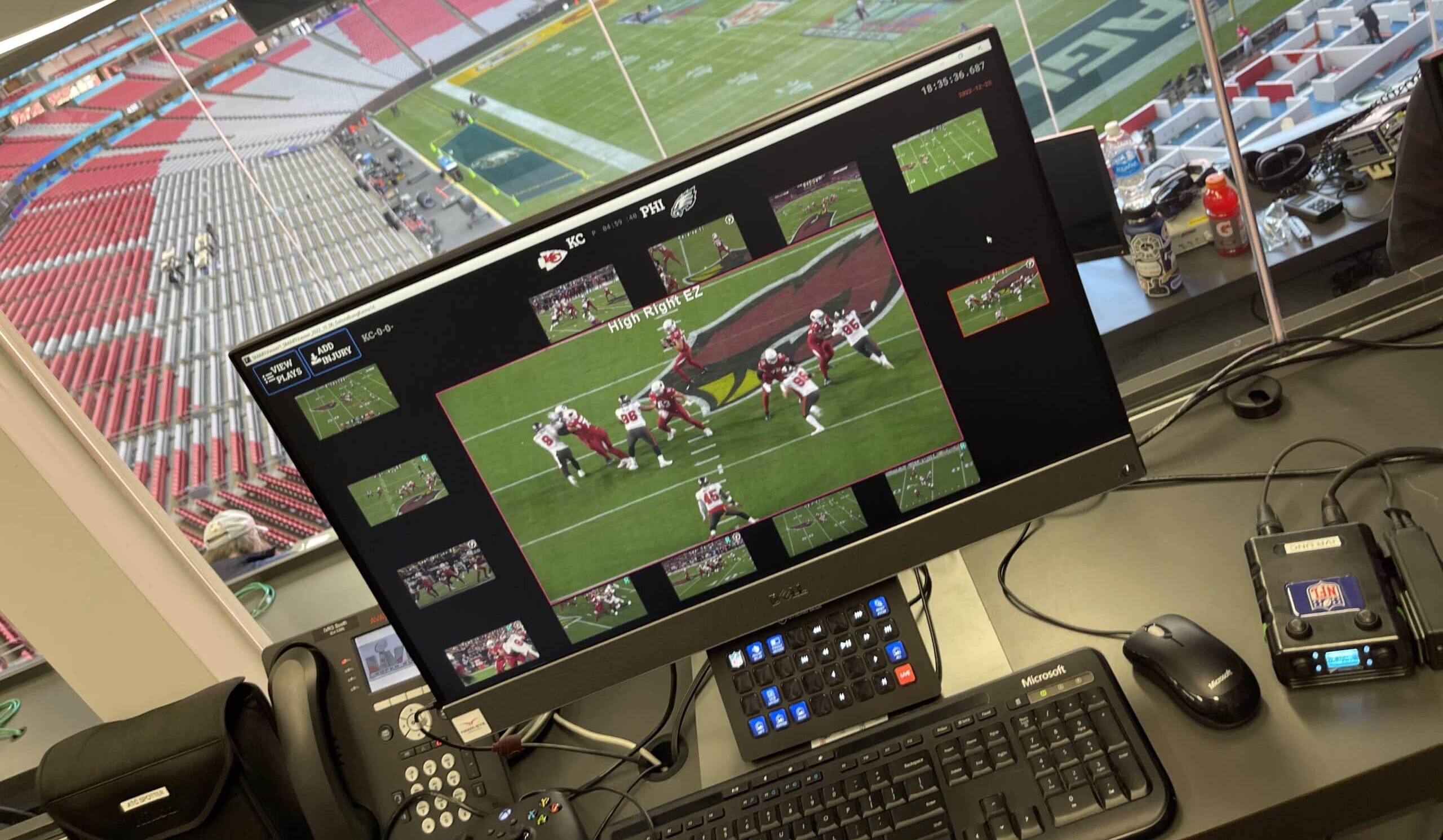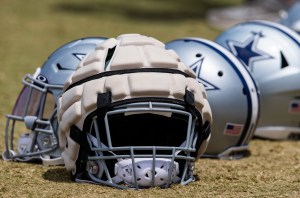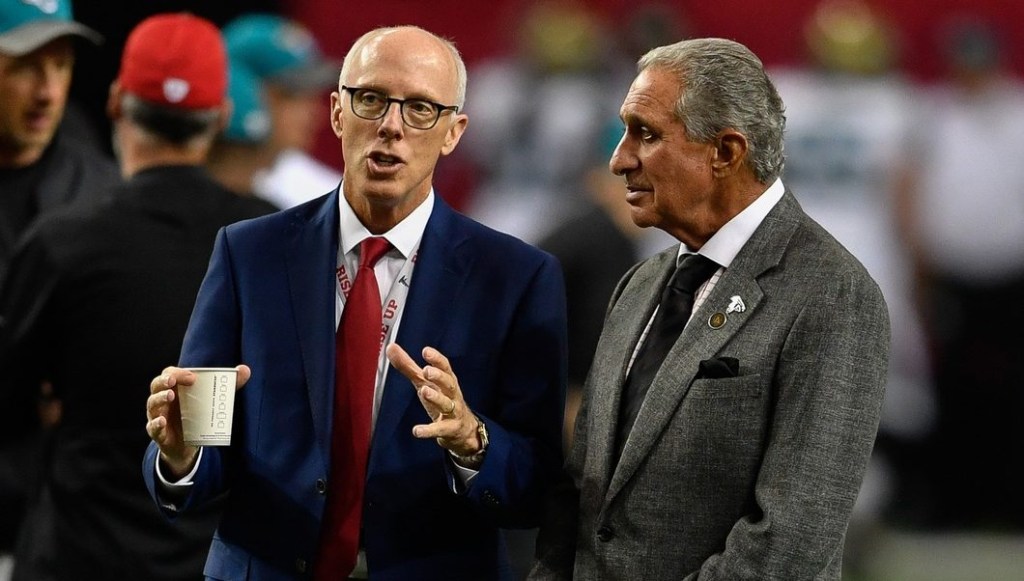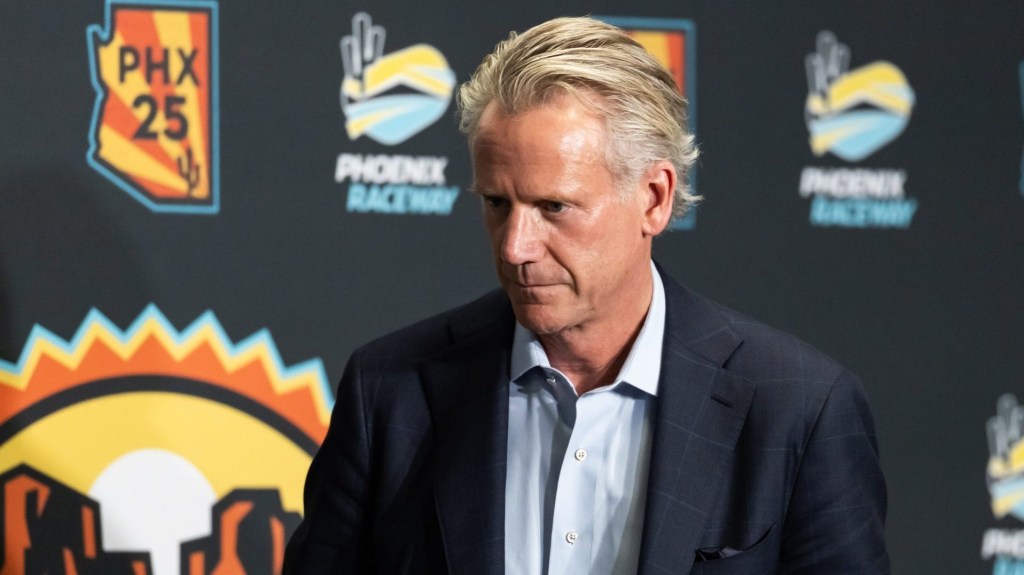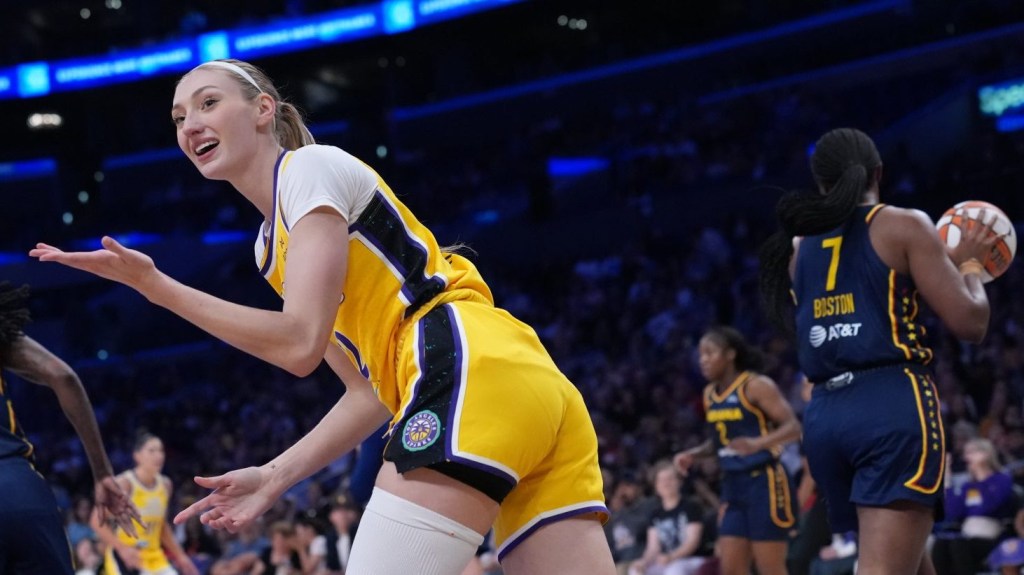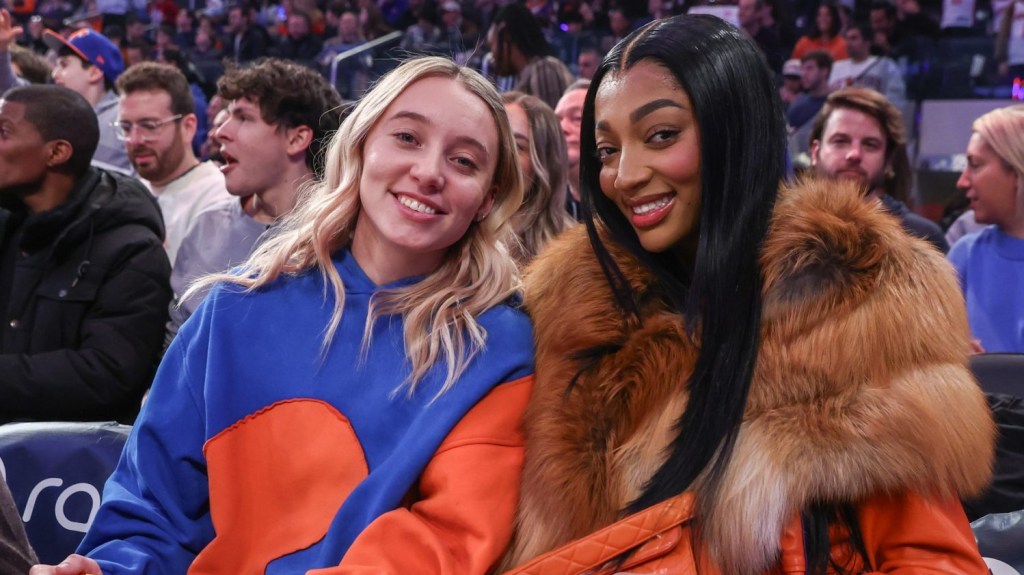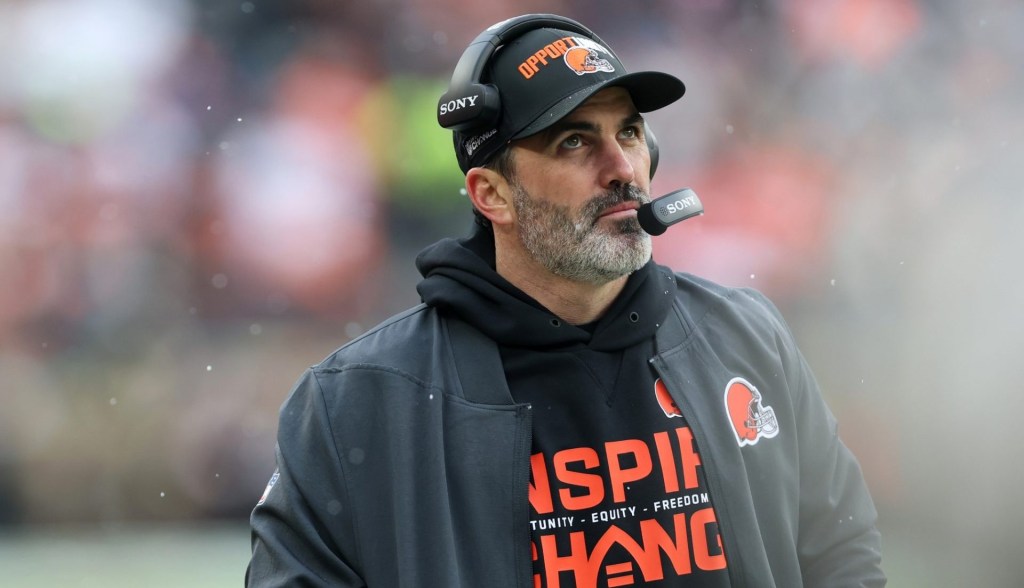PHOENIX — Robb Rehberg showed off “the button” for player safety days before Sunday’s Super Bowl LVII at State Farm Stadium.
“What we are looking for is more than just a hard hit,” said Rehberg, NFL’s coordinator of gameday medical operations. “A hard hit is not just enough to call down to call down and initiate the concussion protocol and a medical timeout. It’s looking for the injury behavior that we are looking for.”
The two ATCs — one concentrating on each team — could stop play for a suspected concussion since the 2015 season by sending a signal that reaches the referee directly to initiate an injury timeout.
“To my knowledge, it’s the only place that medical personnel can stop a professional game strictly for the purpose of health and safety,” NFL Chief Medical Officer Dr. Allen Sills said.
Concussions Up
From the start of the preseason through the conference championship games two weeks ago, spotters stopped play 33 times — nearly twice the rate as last season. Diagnosed concussions were up 18% in the regular season compared to the 2021 season.
“I think it’s because we’re getting better at identifying these things,” Rehberg said.
The two-spotter system isn’t infallible. Most recently, the spotter assigned to the New England Patriots that game appeared to be slow to stop play when receiver DeVante Parker showed signs of distress. An NFL-NFLPA investigation found the spotter was about to halt play when the Cardinals threw the challenge flag.
The spotter system is just one way a player can be evaluated for a potential concussion. The others include:
- The player can self-report.
- One of his teammates or coaches can express concern to the team’s medical staff.
- The team’s medical staff.
- An unaffiliated neurotrauma consultant on each sideline with access to replays.
“When someone has been identified as possibly concussed, the first stop — if they don’t have no-go characteristics — usually is the blue tent where he gets a sideline concussion evaluation,” Sills said. “Every single player gets the same exact evaluation. We have a checklist that they go through.”
The NFL’s no-go list — which already included loss of consciousness and confusion — was amended to include ataxia. It is “defined as abnormality of balance/stability, motor coordination or dysfunctional speech.” Players with no-go symptoms are taken immediately to the locker room.
That change came after a joint investigation into how Miami Dolphins quarterback Tua Tagovailoa’s initial concussion was mishandled in September.
Preparation Keys
Sixty minutes before each game, the 30-person medical staff of both teams meets. It’s where plans are laid for various situations — like a player falling unconscious after a hit to the chest.
Several medical workers who sat in on the meeting that reviewed the emergency action plan before the Bills played the Bengals saved the life of Damar Hamlin. That game’s medical staff and those from the University of Cincinnati Medical Center recognized Hamlin at Thursday’s “NFL Honors.”
“That plan was followed to a T,” said Dr. Jim Ellis, the NFL’s director of emergency preparedness. “The principal reason — in addition to the great medical response from everyone — there was a good outcome was because we had planned for that, and we followed the plan.”
